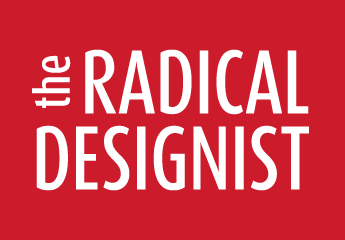A CALL TO RESCUE THE ANCIENT “UTOPIA OF BEAUTY”, TOGETHER WITH AN INVITATION TO MOVE BEYOND AESTHETIC ELITISM
Anna CALVERA
University of Barcelona, Design Department; GRACMON Research Group
Abstract
ThRAD’s editors have set a challenge to write about “Utopia”, and with it utopian ways of thinking about reality. It makes little difference whether “Utopia” refers to an old book put in its historical context, or an everlasting concept that is still-relevant. The topic is grounded in a debate concerning elitism and the elitist nature of the majority of theoretical approaches within the eld of the Humanities. Meanwhile, in Alessandro Mendini’s recent visit to Barcelona, he referred to the “utopia della bellezza”, illuminating his inspiring point of view. To accept the ThRAD challenge it seemed necessary to review the aesthetic dimension of everyday life, the relation of beauty to ethics within design and the design factor as well. Les jeux sont faits!
This is the background of this article. Reviewing the history of design, this text analyses ideas and approaches to beauty as brought to the fore over various periods, proposing a dialogue between the understanding of ordinary life as proposed by certain philosophers, and, on the other hand, what has been said by designers themselves. The main aim of this essay is to capture the utopian elements embedded in aesthetic pleasures and delights even on their more elementary levels, here referring to the immediateness of the senses and sensual perception. Our inquiry also seeks to understand how aestheticism could become a sort of offense to be argued against, rather than something to be praised. It also seeks out the historical roots for the charge of elitism launched so often against aesthetic facts and aestheticist enactments. In this domain, the utopia of design is made suspect, as is the utopia of beauty. Hence, one underlying aim of this article is to reconsider the role played by the design industry in shaping the contemporary world. Finally, the text further serves as a call to enjoy and give cultural value to everyday life on the basis of its cultural depth and permanence, though being all the while humble and quite often simple. Thus, design practice also becomes a hopeful practice, culturally relevant while remaining ordinary all the same.
Utopia | December 2016 Edition | 01/02

